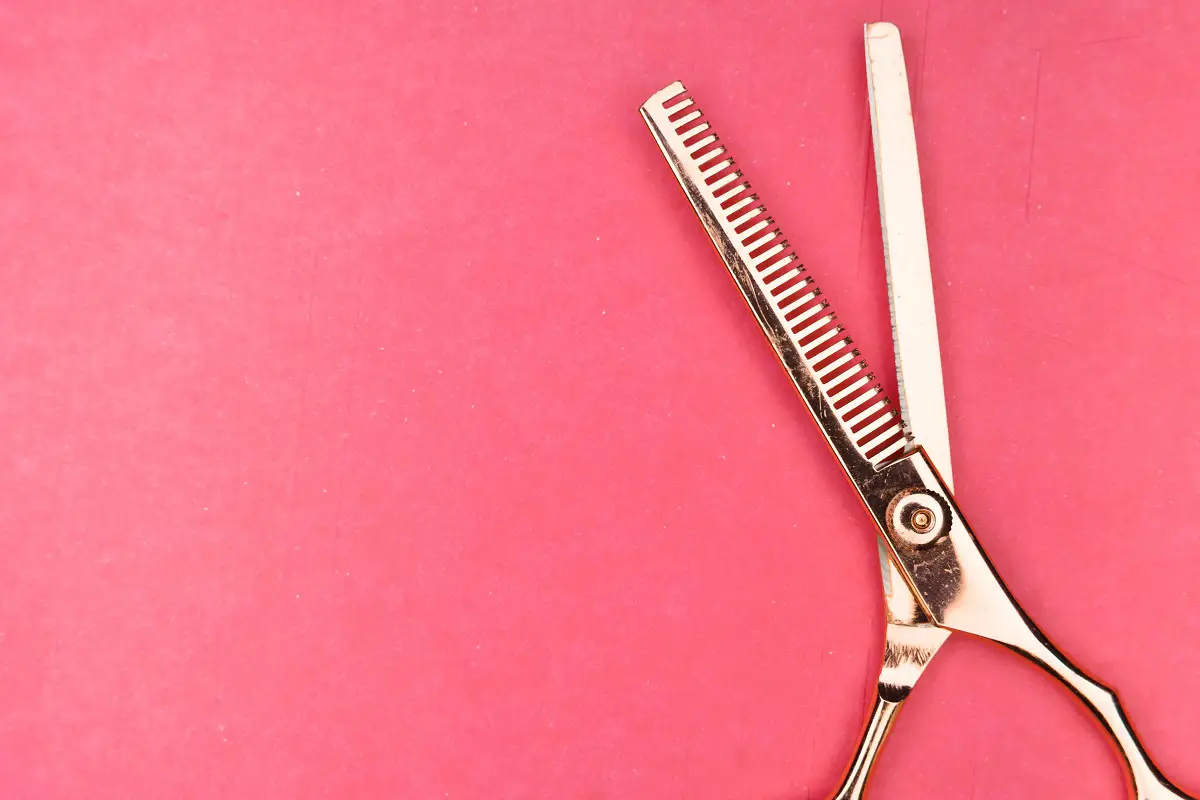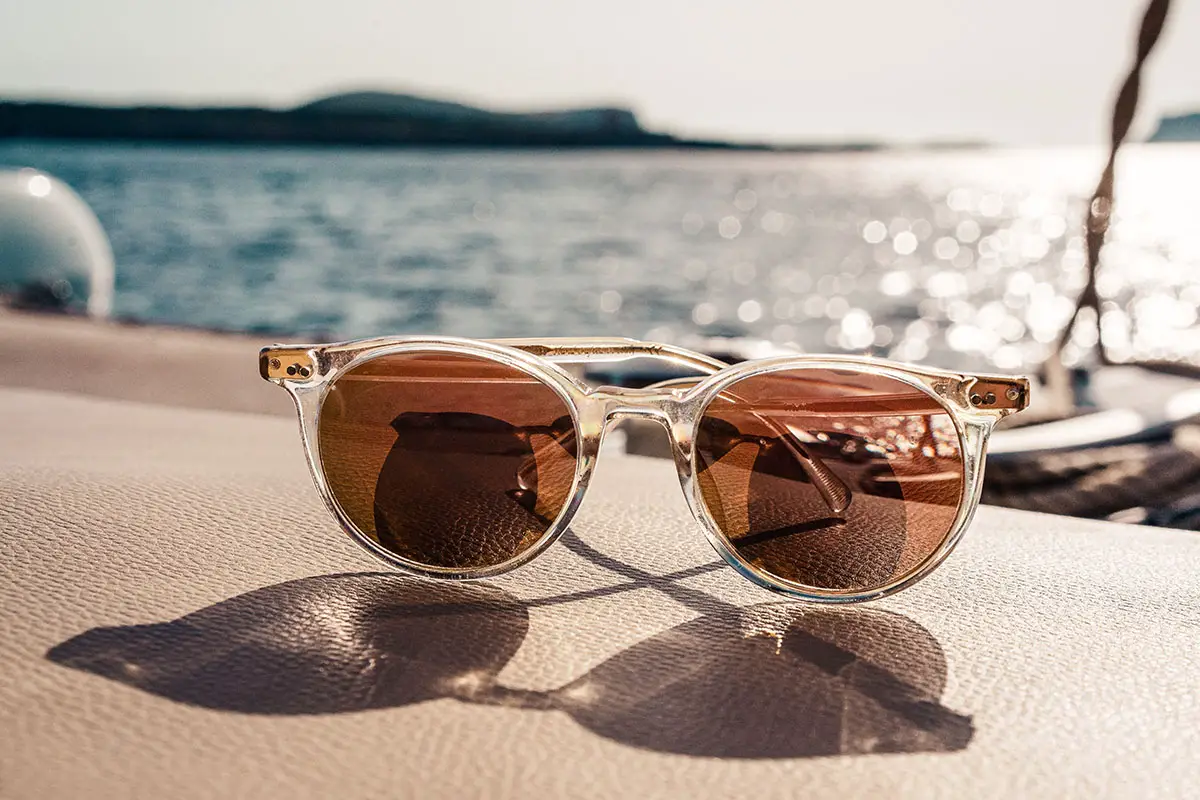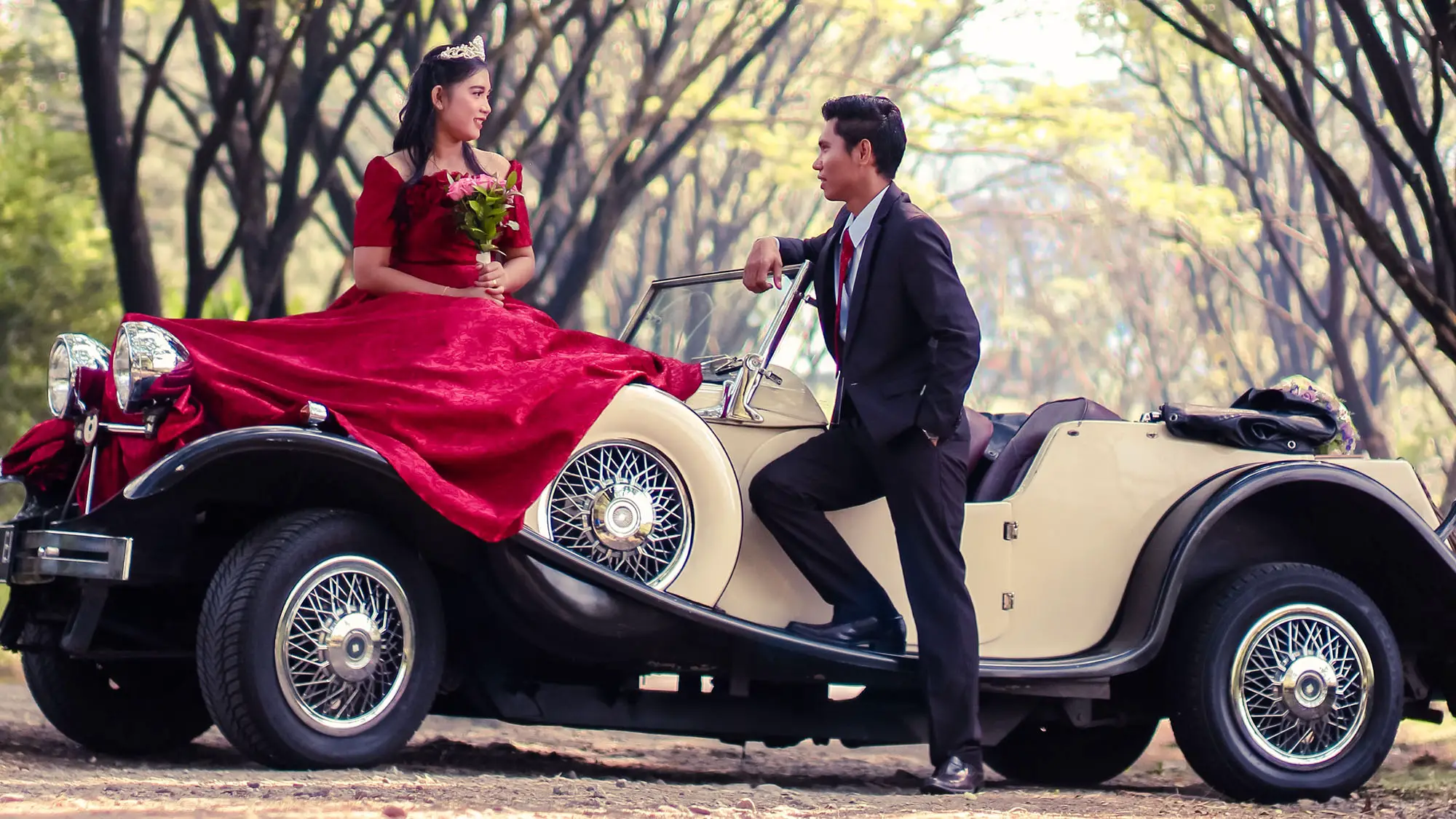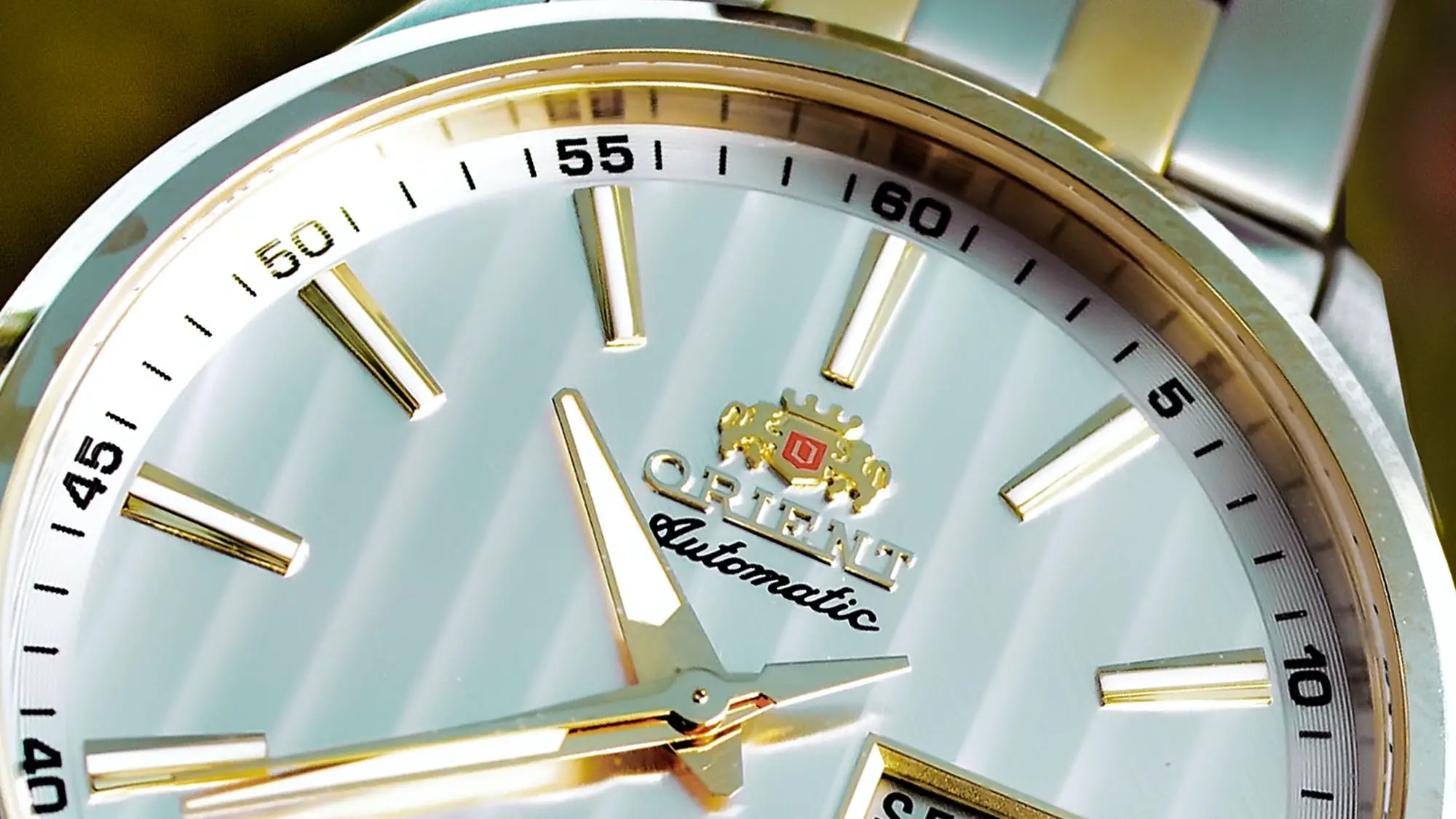History of Bolo Ties: The Western Classic
Imagine a hot, sandy western landscape. Horses racing across the scene carrying their chief cowboy. You know the look, a checkered shirt, slightly loose jeans, and his light brown hat. But what’s that thing around his neck? Oh… it’s his bolo tie! The fashion accessory that has become synonymous with cowboys and western films seems to have lost a bit of its hidden meaning and history. So today, we’re going to dive deep into the question: ‘What is the history of Bolo Ties?’
The History of Bolo Ties: The Short Answer
The origins of the Bolo tie come from a small western anecdote. One day, a cowboy named Victor Emanuel Cedarstaff was riding his horse when his hat blew off. When he was afraid of losing his hatband, he cleverly slipped it around his neck. It’s believed that his companion sarcastically complemented Cedarstaff’s ‘tie’, and a new icon was born. Cedarstaff soon fashioned the Bolo tie and in the late 1940s, he patented the design himself.
The History of Bolo Ties: The Longer Answer
Now, this short explanation of the history of Bolo Ties may make for a decent anecdote to impress your friends at a western-themed cocktail party, but it doesn’t paint the whole picture. You might still have plenty of questions in mind. Things such as who was this cowboy? Where did he find this idea and how did it spread so quickly?
If that’s the case, then read on to get a more complete picture of the history of Bolo Ties.
But Who Created the Bolo Tie?
Now our previous anecdote would suggest that the first Bolo ties were sported around the 1930s and the 1940s. But upon closer inspection, we can see that Bolo ties were an accessory of the native Americans. It becomes unclear at this stage for us to understand whether the native Americans or Victor E. Cedarstaff was the true pioneer of this icon. But what we can agree on, is that the idea spread like wildfire in the mid-20th century.
For the native Americans trekking across the land, they would often adopt the practice of wearing a handkerchief of some sort of a ‘loop’ around their necks. At the time, these ties were worn out of practicality no more than fashion. Even Argentine cowboys had been spotted with similar Bolo ties.
But of course, there is international debate over the true origins of the tie. The southwestern United States claims the Native Americans created the accessory, while others will credit Victor E. for the discovery. But just further south, Argentinian historians claim they were the founders, calling it the ‘Lariat Tie’. Just across the Atlantic Ocean then, the British have their own ‘bootlace tie’, which soared in popularity during the 1950s.
How has the Design Changed?
Some of the earliest Bolo ties worn by Native Americans were made up of no more than a simple piece of string and some shell-like structures. Since these were first designed for personal use as opposed to trading, they featured no antiques or signatures. Looking back, this ‘era’ of Bolo ties was marked by extremely high quality, detailed finishes, and bright turquoise stones.
Since then, small aspects of the tie have changed, but one thing has remained constant: that it is placed underneath the shirt collar. Some variations can include the lace itself, which may be braided. Additionally, some models have Bolo tips, to make them easier to be put through the Bolo slide.
The Bolo slide is the area with the most variations. It may be metal, stone, or plastic. Some stones can come in all kinds of shapes, resembling people, animals, or abstract figures. The surface can be smooth, ingrained, or textured.
It seems that there are one hundred and one different ways that the Bolo tie has arisen, depending on who you ask (and where they’re from!) But what all can agree on, is that wherever you go, you are sure to meet a range of different styles and designed, since after all, it’s a personal statement, not just a fashion accessory.
Are Bolo Ties Formal?
Simple question, but a complicated answer. Truthfully, it all depends on what you choose to wear your Bolo tie with. However, the good news is, that there are seemingly endless ways you can wear your Bolo Tie.
The first thing you will want to bear in mind is that the Bolo tie has string connotations of southwestern America. If you’re in this region, then a Bolo tie won’t look so out of place. If you’re on the east coast, unless you’re at a club or town where breaking some of the fashion rules are more acceptable, then it might look slightly out of place.
But whether or not the tie looks out of place will depend on what you wear it with. For example, Bolo ties go great with a casual or western-style shirt, but it won’t give you a very formal look. You could alternatively, try it with a suit. Since these were made to be worn like regular ties, it slips easily underneath your collar. You don’t need a special western-style suit to wear, just your very own traditional suit is perfect. Just a button-down Oxford shirt and you’re good to go!
You will want to bear in mind however that even in the most rural areas of the southwest, a Bolo tie may not be a perfect replacement for a necktie, especially in a professional context. At the end of the day, it is a fashion accessory and a personal statement, rather than a staple of a professional work uniform.
What Other Names are There for a Bolo Tie?
Like we mentioned earlier, there are more names for a Bolo tie than there are countries on the map. Each country and culture has its claim to the history of the name. Some of the most common name variations include “Bola Tie”, “Cowboy Tie”, “String Tie”, and not to mention the South American variant “Lariat Tie” and the British “Bootlace Tie”. Whatever you decide to call it, as long as it is a braided cord that is worn like a necktie, then it’s a Bolo tie.
How Long are Bolo Ties?
So if this piece has convinced you that Bolo ties are a nice fashion accessory to have, then this bit is for you. Nowadays, Bolo ties come in two varying lengths. One is regular, and the other is a larger size. The regular tie is about 38 inches from one knot to the other. The longer ties are about 42 inches long, giving an extra two inches on each side.
Are Bolo Ties Still Cool?
There’s no doubt Bolo ties have been around a long time. So like any fashion craze which survives the test of time, it of course has had its ups and downs. During the 1950s, just after the initial discovery, Bolo ties were all the rage. If you lived in one of the Southwestern states, you would wear them everywhere. Even politicians and businessmen would wear them in place of traditional neckties.
Just a little later, the craze died out. But during the 1980s, stars like Stray Cats and Brian Setzer brought around a revival by wearing them in their music videos and on television. But after this craze, the Bolo tie-died down again (like most 80’s fashion trends). Towards the turn of the century, it became more of an accessory worn by Indians and Cowboys living in the American southwest.
Slowly, but surely, the Bolo tie is coming back into fashion. Recent celebrity spotting with the iconic western-style piece has triggered this mini-revival. NFL star Philip Rivers was the first to cause a stir with them when he wore it to a press conference. Even Bruno Mars has been spotted sporting one. And perhaps most impressively of all, even famous rapper Snoop Dogg has admitted to being a fan of the style piece.
Bolo ties are available from almost any large chain fashion retailer or western clothing site.
Wrapping It Up
In conclusion, there are many different ways that the Bolo tie has come about. Wherever you go in the world, you will come across different names, styles, textures, and backstories to this style piece. One thing which you can be sure of is that as long as it is a braided string and is worn around the neck, it can be called a Bolo tie.
There are endless ways you can wear this piece. Most of which are incredibly stylish and offer a real western vibe to your outfit. Just make sure that you have the know-how to pull it off right! And if you want to learn more about frosted tips, check out our article on them.
And remember, stay stylish!
The Spread of Bolo Ties Across Cultures and Countries
While the origins of the Bolo tie may be disputed its popularity and adoption spread rapidly across different cultures and countries.
In the 1950s the British Teddy Boys embraced the style calling it the “bootlace tie.” Rockabilly revivalists and new wavers in the 1980s also contributed to the resurgence of the Bolo tie’s popularity.
Beyond the borders of the United States Bolo ties gained traction in Japan Korea and China where they were sold and worn during the 1980s and 1990s.
Today you can find Bolo ties in various styles and designs reflecting the creativity and individuality of different cultures around the world.
Whether worn as a statement piece or a casual accessory the Bolo tie continues to captivate fashion enthusiasts globally as a sophisticated and unique addition to one’s wardrobe.





















